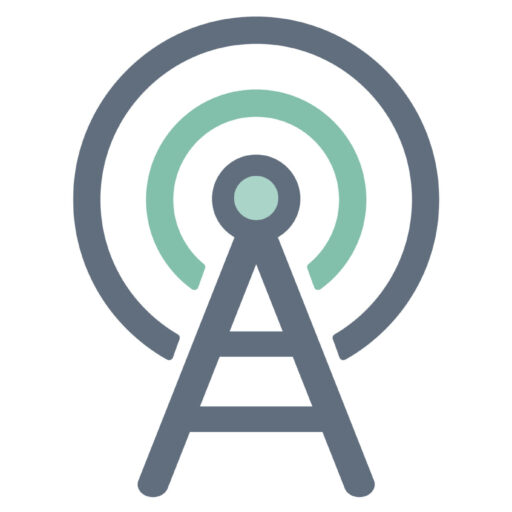Gelide is a platform designed to enhance productivity by providing efficient tools for collaboration and organization. Its features include interactive to-do lists, integrated calendars, and project management functionalities that allow teams to work seamlessly. Users appreciate Gelide’s intuitive interface, which facilitates quick setup and day-to-day task management. It comes equipped with a unified dashboard that organizes notifications, deadlines, and appointments, ensuring users stay focused on their priorities. Additionally, Gelide supports cross-platform synchronization, enabling users to access their tasks from any device, anywhere. This versatility makes it an appealing choice for both corporate teams and individuals looking to optimize their workflows. With a subscription model, Gelide offers several pricing tiers depending on user needs, but many find the value it provides for managing projects and collaborating with others to be worth the investment. More information can be found at Gelide Official Website.
1. Trello
Trello is a popular project management tool that relies on a card-based system to help users organize tasks visually. With its drag-and-drop interface, Trello makes it easy for teams to manage projects and workflows collaboratively. Its flexibility allows users to customize boards for various purposes, from product development to marketing campaigns. More significantly, Trello integrates with numerous third-party applications, enhancing its functionality. Users can add due dates, comments, and attachments to cards, promoting transparency and accountability within teams. However, while Trello’s free tier is quite robust, users seeking advanced features may need to invest in a premium subscription.
- Benefits: User-friendly, highly customizable, excellent collaboration tools.
- Disadvantages: Limited features at the free tier for larger teams, may require paid subscription for advanced capabilities.
Discover Trello at Trello Official Website.
2. Asana
Asana is a powerful project management solution known for its robust task management capabilities. It allows users to create tasks, set priorities, and establish timelines for projects. One of Asana’s standout features is its ability to visualize projects using timelines or boards, depending on user preference. Additionally, Asana supports integration with various productivity tools, making it a flexible choice for teams of all sizes. Users enjoy its automation features, which reduce manual work and boost productivity. However, for smaller teams or individual users, Asana’s premium plans might feel overly complex.
- Benefits: Great task management features, good for team collaboration, automation options.
- Disadvantages: Can be overwhelming for newcomers, higher pricing for premium features.
Explore Asana at Asana Official Website.
3. Monday.com
Monday.com offers an intuitive and highly visual work operating system that enables businesses to manage projects and workflows efficiently. It stands out due to its customizable templates that cater to various industries, making task management more straightforward. Users can track progress through visual dashboards, improving team visibility and alignment. Monday.com also supports automation and integrates with other software, enhancing workflow speed and efficiency. While its rich feature set can serve well for larger teams and businesses, individual users or small teams might find it too feature-heavy.
- Benefits: Highly visual interface, customizable templates, excellent for team transparency.
- Disadvantages: Can be expensive, large feature set may be overwhelming for smaller teams.
Visit Monday.com at Monday.com Official Website.
4. ClickUp
ClickUp is a comprehensive productivity platform that combines project management, docs, goals, and chat functionality into one solution. Its versatility allows users to tailor their workspace in various ways to suit different project types, making it an ideal choice for multifaceted teams. Users can create tasks, set reminders, and discuss projects all within the platform. ClickUp’s pricing model is particularly attractive, offering a plethora of features even at the free tier. Though some users may find the extensive functionalities daunting initially, the potential for increased productivity is undeniable.
- Benefits: All-in-one solution, robust free tier, excellent customization.
- Disadvantages: Learning curve for new users, potential to feel overwhelming.
Learn more about ClickUp at ClickUp Official Website.
5. Notion
Notion serves as a flexible workspace that fans of minimalism adore, given its blend of notes, databases, and task management. Users can create documents, organize notes, and manage tasks all within one platform. Notion allows for significant customization, enabling individuals and teams to design their workspaces to fit their specific needs. The collaborative features empower team members to contribute and comment freely. While Notion’s free version is robust, some may find that advanced functionalities come at a price in the paid versions.
- Benefits: Highly customizable, supports pages, databases, and collaborative work.
- Disadvantages: Complexity in setup, may require time to adapt.
Visit Notion at Notion Official Website.
When exploring alternatives to Gelide, various project management and productivity tools cater to different needs and preferences. Each tool listed above offers unique features and benefits, ensuring that users can find the perfect fit to enhance their workflow, whether they are part of a large team or working individually. Investing time in assessing these alternatives can significantly enhance overall productivity and collaboration, ultimately leading to more successful outcomes in projects and tasks.
